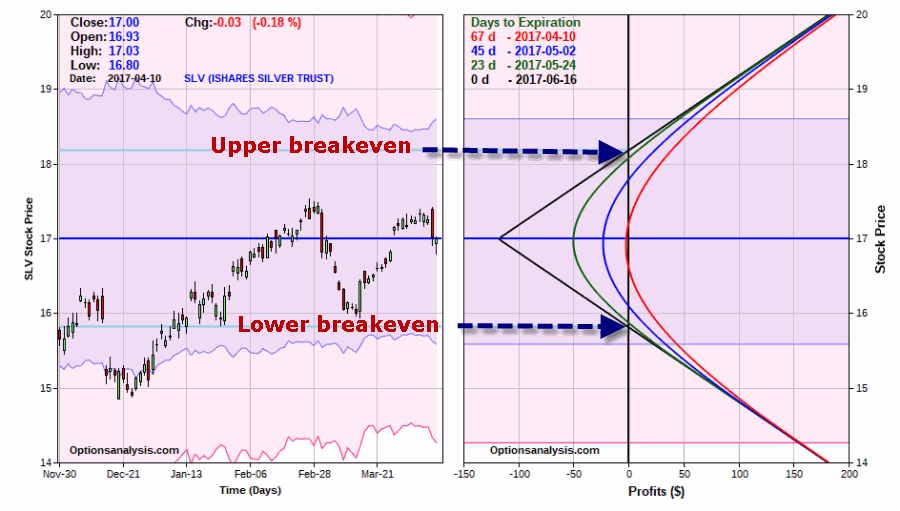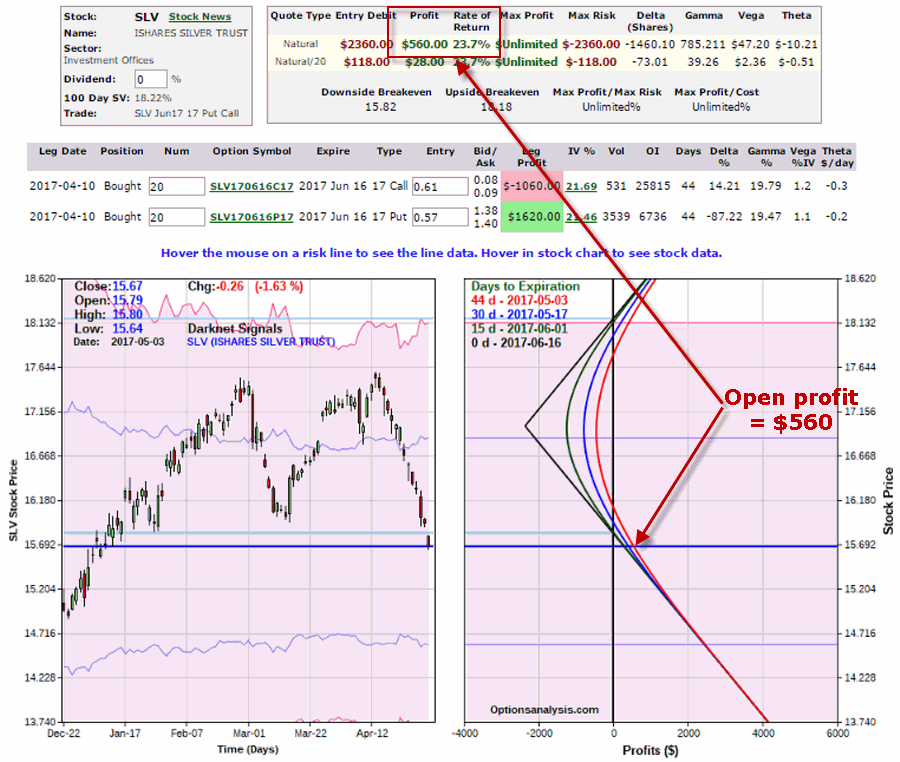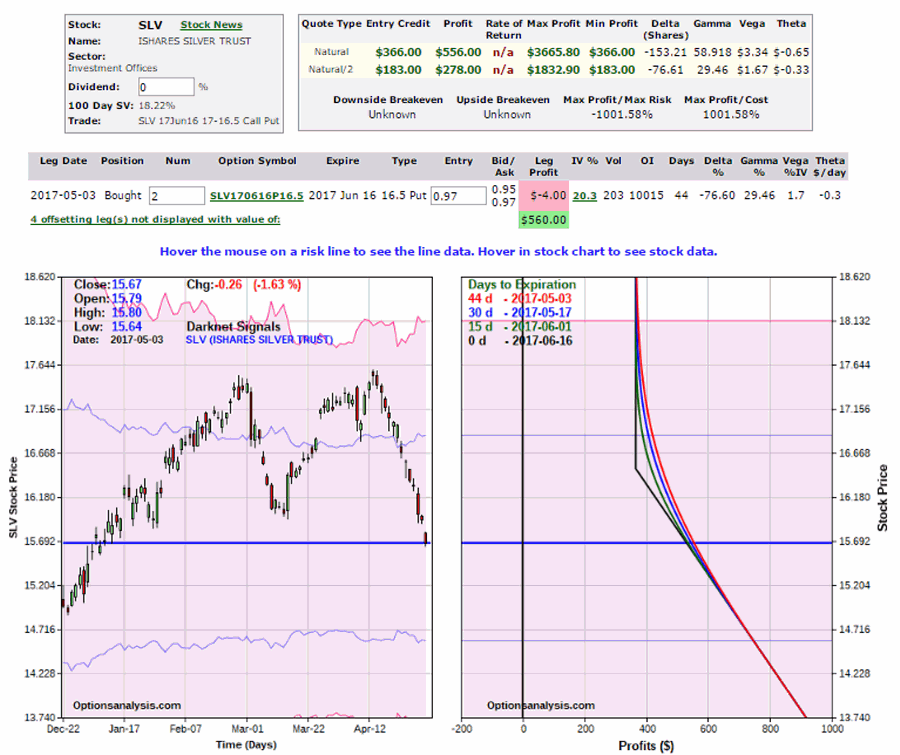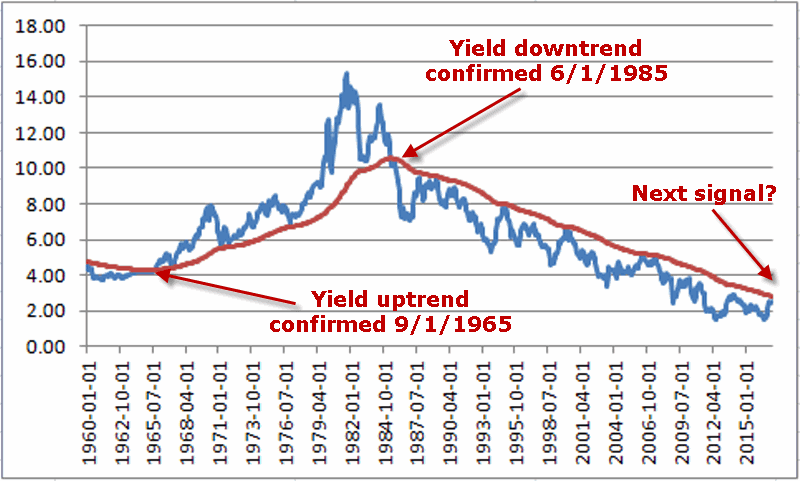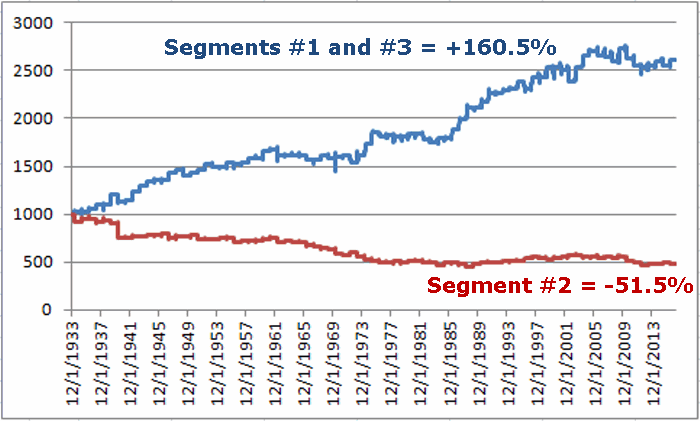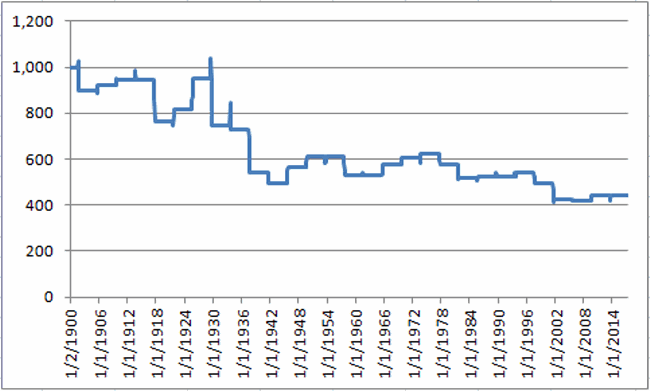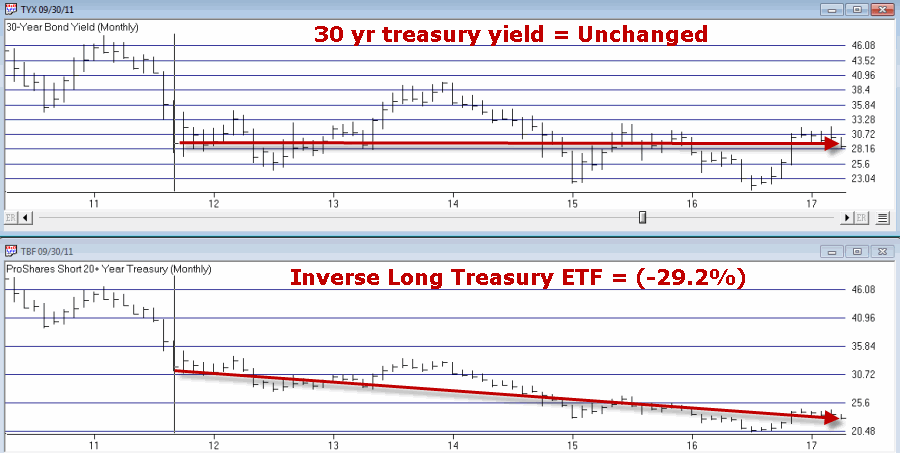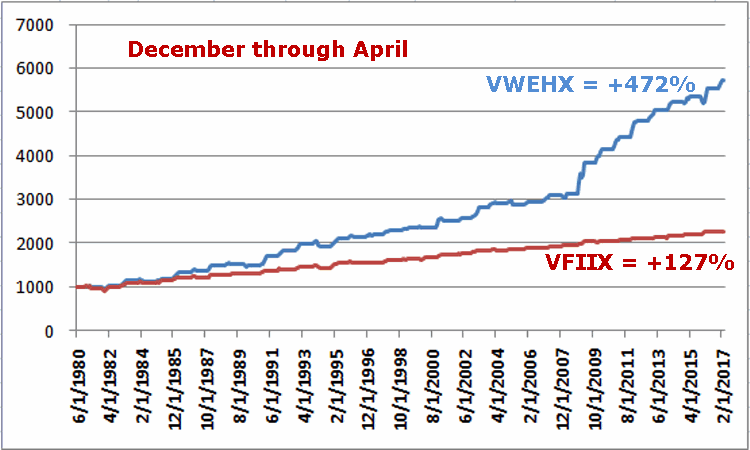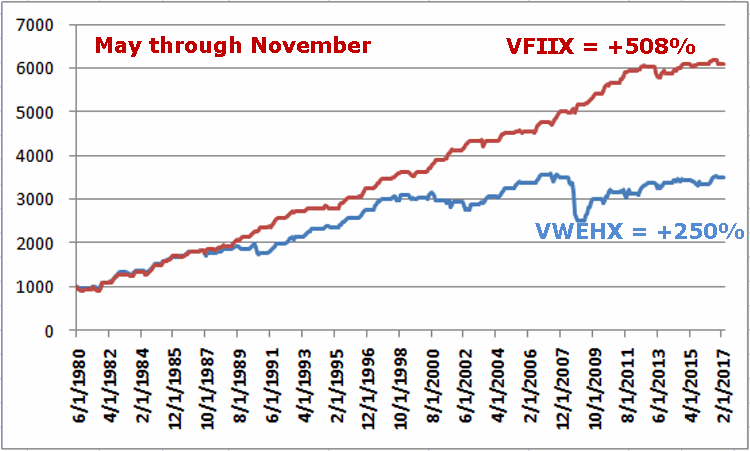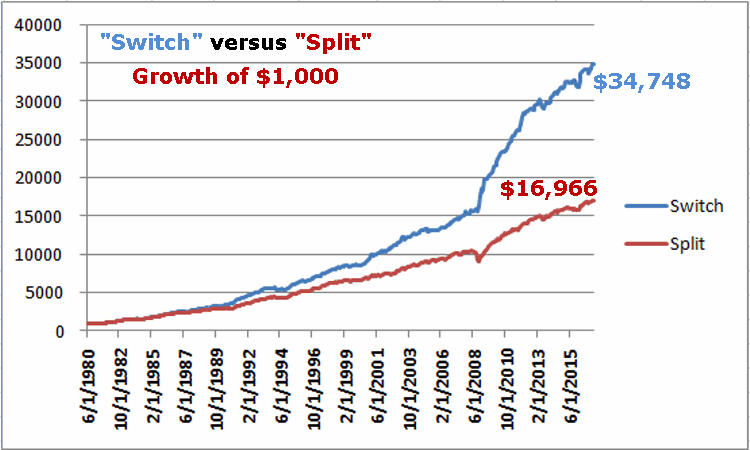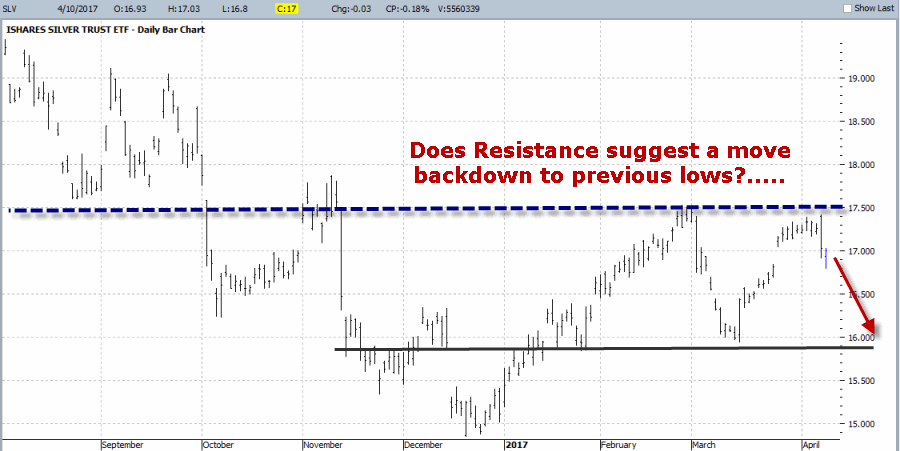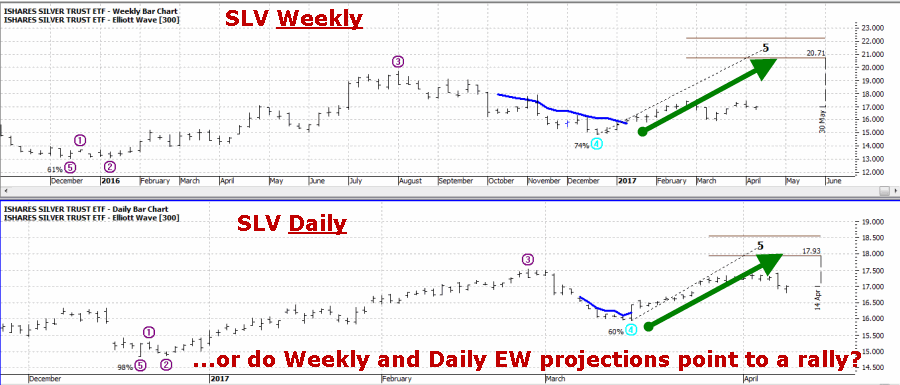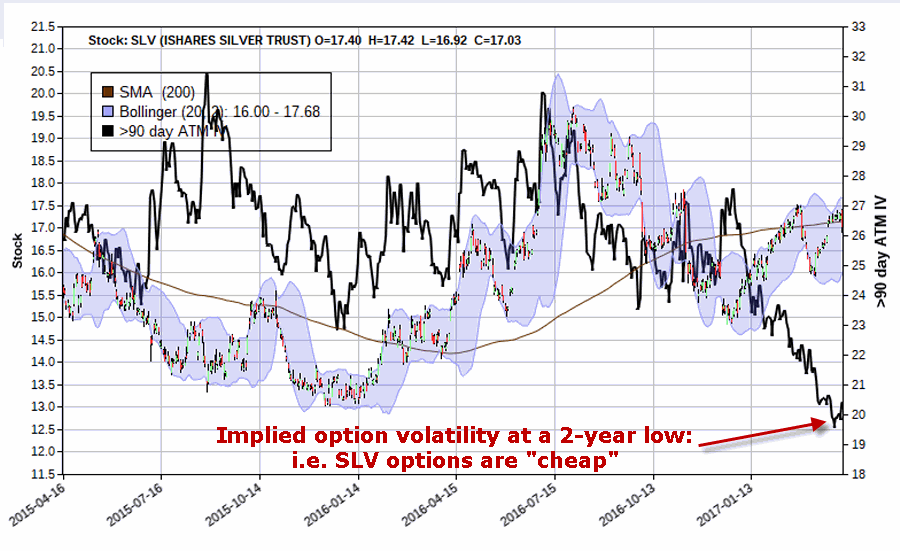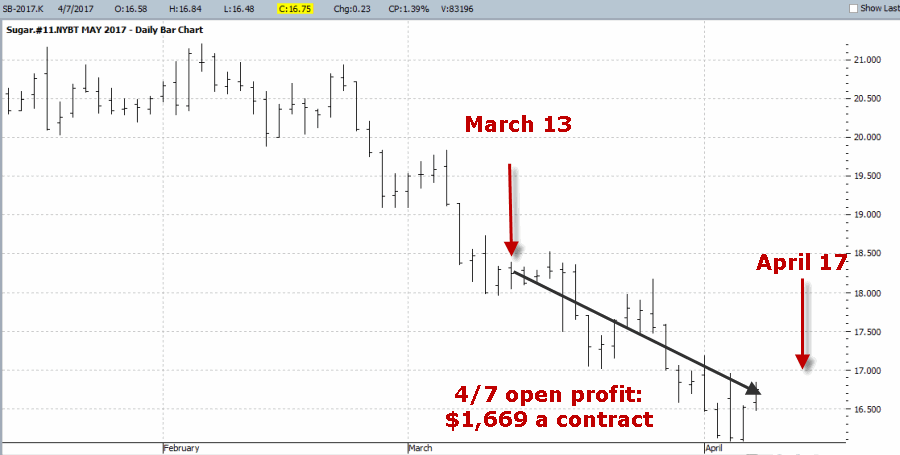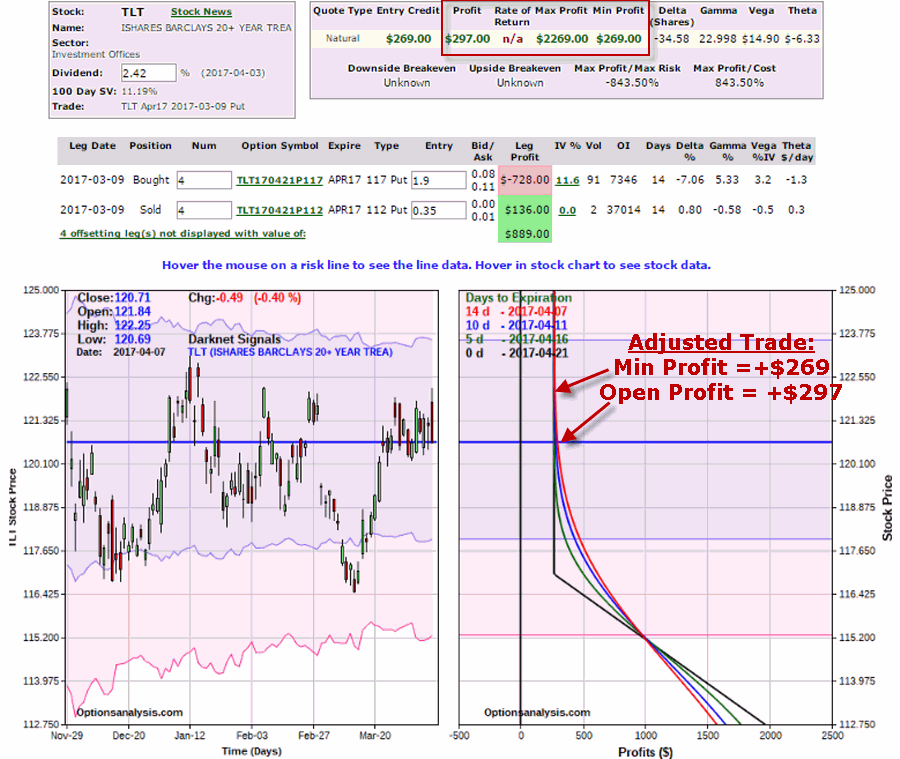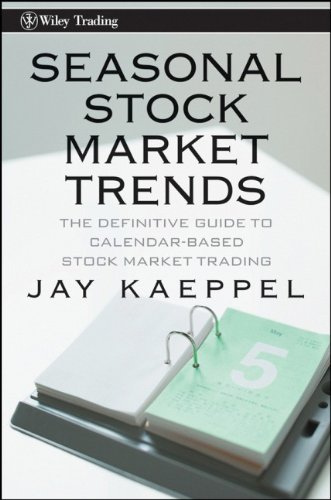Predictions are great. Well, at least on those rare occasions when they actually pan out. Most people who stick around long enough in the financial markets eventually figure out to ignore predictions and learn to identify “potential opportunities” (i.e., situations that might justify risking some capital on) and “risk management” (to keep from losing their shirts when they are wrong).
A current case in point: biotech stocks
(See also It’s Soon or Never for Bonds)
The Current State of XBI
Ticker XBI is the SDPR Biotech ETF that tracks an index of – well, what else – biotech stocks. I have seen articles recently stating that XBI is “close to a breakout point”, or that it is nearing an “inflection point”. It got my interest, so I decided to look a little closer. As always, you can see whatever you want to see. Allow me to explain.
Figure 1 displays a daily chart for XBI, and sure enough there appears to be an “obvious” resistance level. The technical analysis suggestion then is that if XBI can break out above this level then a move to higher prices may follow.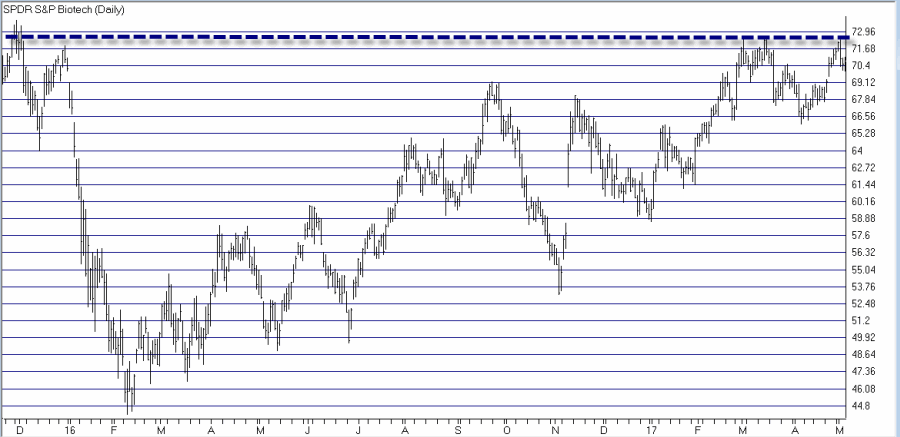 Figure 1 – Does daily XBI show a “breakout” point? (Courtesy AIQ TradingExpert)
Figure 1 – Does daily XBI show a “breakout” point? (Courtesy AIQ TradingExpert)
So from this one chart XBI does indeed appear to be on the cusp of a “breakout”. However, if we “zoom out” a bit we get a potentially different perspective. Figure 2 is a weekly chart of XBI with the same “resistance” level highlighted. Does this line seem quite as “significant” now? Or does it just lead to more overhead resistance level? For the record these are rhetorical questions for which I do not claim to have a “correct” answer for. Figure 2 – Does weekly XBI shows more resistance levels? (Courtesy AIQ TradingExpert)
Figure 2 – Does weekly XBI shows more resistance levels? (Courtesy AIQ TradingExpert)
Finally, let’s consider one more alternative viewpoint. Figure 3 looks at the recent rally from the early 2016 low as a percentage retracement from the 2015 high. As you can see the recent highs in the $72-$74 range are right at the 61.8% retracement level – which Fibonacci adherents consider to be “highly significant”.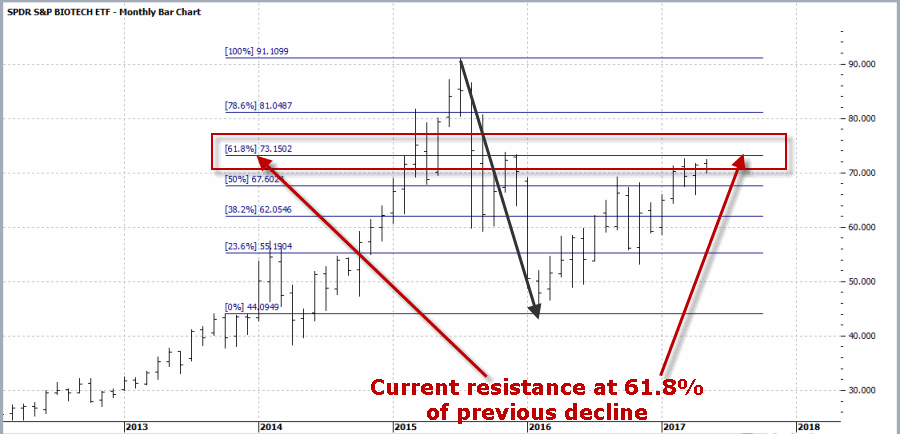 Figure 3 – Has Monthly XBI run out of steam at 61.8% retracement level? (Courtesy ProfitSource by HUBB)
Figure 3 – Has Monthly XBI run out of steam at 61.8% retracement level? (Courtesy ProfitSource by HUBB)
So yes, XBI is (at least in my market-addled brain) at an important inflection point? So what to do from here? Unfortunately, I don’t have a useful prediction to share with you. One thing I do know though is that the implied volatility for options on ticker XBI are presently at an extremely low level, as displayed in Figure 4. Figure 4 – XBI option implied volatility at a 4-year low (Courtesy www.OptionsAnalysis.com)
Figure 4 – XBI option implied volatility at a 4-year low (Courtesy www.OptionsAnalysis.com)
Summary
As a closet pessimist I am more inclined to think that recent resistance will hold and that biotech will decline in the not too distant future. But that is not a prediction – nor even something that I am acting on at the moment. But regardless, all of the above suggests to me that:
A) A decent trade is brewing in the biotech stocks
B) If you decide now or sometime soon that there is action to be taken regarding ticker XBI, buying call or put options (or maybe both?) would be an excellent low dollar risk way to play versus buying or selling for shares of XBI at $70+ a share.
(See also The ‘Range Bound Consolidation Pattern’)
As I said I am not making any predictions nor am I personally taking any specific actions regarding XBI at the moment. So Figure 5 is present simply as one example for a trader who believes that XBI is headed lower in the months ahead. This is not a suggested trade or a recommendation, just an example of one low dollar cost risk way to play. This positon – buying 1 XBI September 70 put has four months left until expiration, involves a total dollar risk of $455 and has unlimited profit potential if XBI declines in price. Figure 5 – Buying 1 XBI Sep 70 put option (Courtesy www.OptionsAnalysis.com)
Figure 5 – Buying 1 XBI Sep 70 put option (Courtesy www.OptionsAnalysis.com)
Jay Kaeppel
Disclaimer: The data presented herein were obtained from various third-party sources. While I believe the data to be reliable, no representation is made as to, and no responsibility, warranty or liability is accepted for the accuracy or completeness of such information. The information, opinions and ideas expressed herein are for informational and educational purposes only and do not constitute and should not be construed as investment advice, an advertisement or offering of investment advisory services, or an offer to sell or a solicitation to buy any security.
